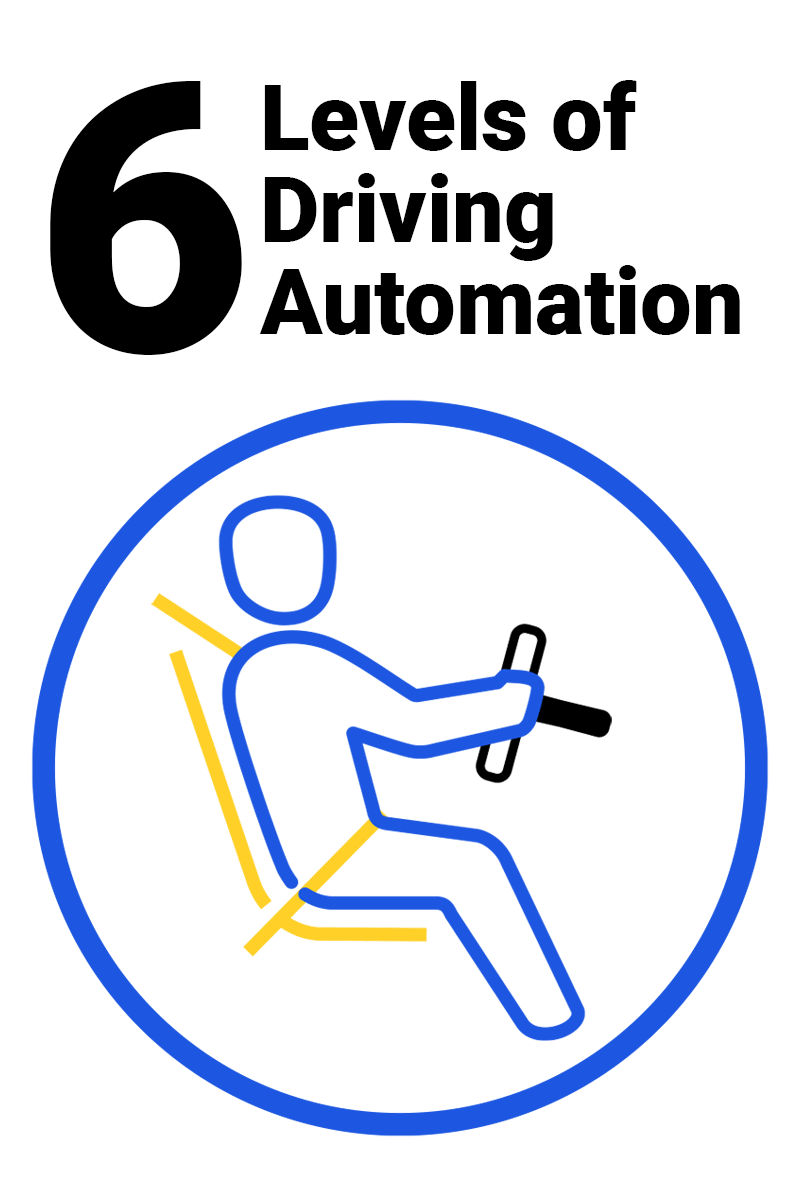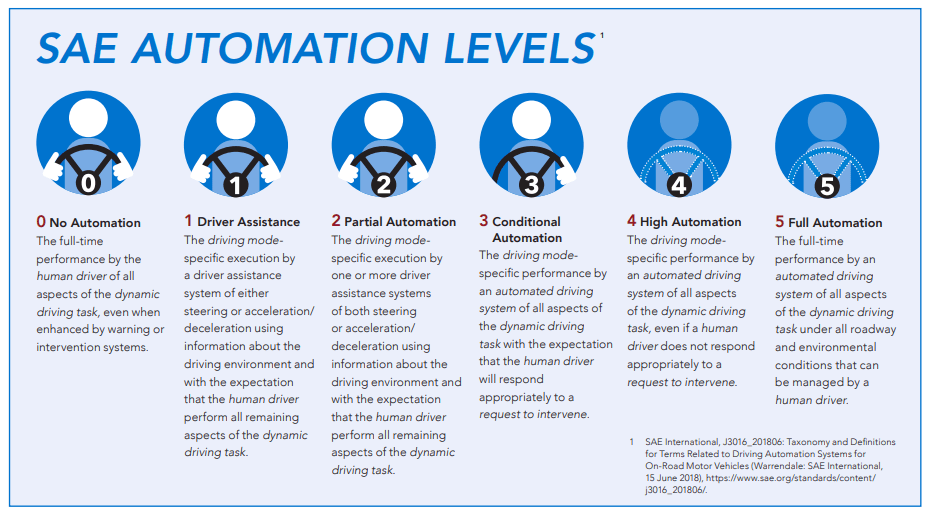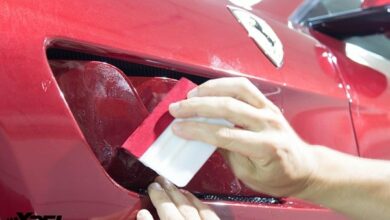Automation is the process of replacing human work with machine work. This is an inevitable development in modern technology, as it’s used to improve efficiency and performance. Some have argued that automation will reduce the number of jobs available for people in the future. However, this has yet to happen in any country. In fact, more jobs are created as a direct result of automation. So, it’s important to understand how automation is applied to cars to help guide future employment trends.
Automation is becoming increasingly common in automobile manufacturing. For example, several SAE levels describe the level of automation present in a car. The most basic level is SAE 0, which involves a human operator completely controlling a car at all times. Next up is Level 1, where a driver assists in controlling the car but makes some mistakes himself. At Level 2, the human driver completely concedes control of the car to the programming- he may even be replaced by a system at this level. Finally, Level 3 and beyond involve no human driver at all; in this state, the car may even drive itself down the road.

The advancement of technology has led to many benefits for consumers and the automotive industry as a whole. Automation allows companies to increase productivity and profitability without reducing salaries or hiring more employees. For example, manufacturers don’t need to hire extra workers during waiting periods between seasons and job assignments. This way, vehicles always run at maximum capacity with maximum profit for the company. However, some models – such as SUVs – are still manually driven for better control over braking and acceleration.
SAE levels describe the level of automation present in a car. For example: SAE 0 – no automation at all; SAE 5 – full automation; SAE 10 – partial automation; and SAE 15 – limited manual operation within the vehicle. The number indicates how many steps away from zero humans must get before their presence is no longer necessary. The higher the number, the more automated functions are present in a car.
Some have argued that automation will reduce the number of jobs available for people in the future. However, this has yet to happen in any country. In fact, more jobs are created as a direct result of automation- so it’s important to understand how automation is applied to cars to help guide future employment trends. Automation reduces repetitive tasks and allows companies to focus on more complicated jobs than ever before. This includes creating new products and providing high-quality services to consumers via cars.
Automation is an inevitable part of modern life- it’s currently applied to automobiles but will soon be used elsewhere as technology develops further. People adapt by finding new employment opportunities or teaching new skills, which allows them to benefit from ever increasing levels of automation in cars.





